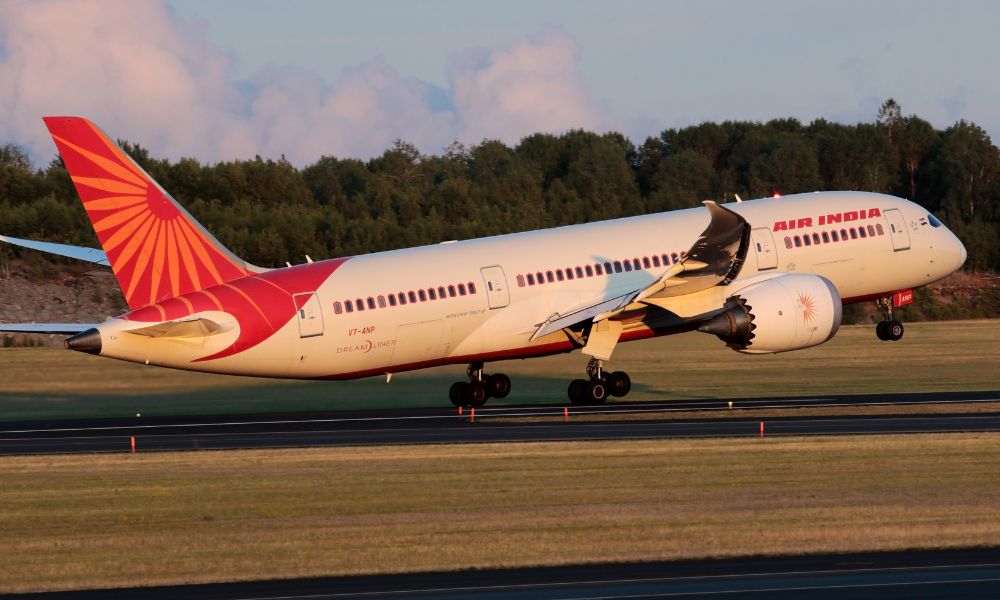AIR INDIA CRASH MAY COST INSURERS $200M
Source: insurancebusinessmag.com
The recent crash of an Air India aircraft shortly after takeoff is expected to result in insurance claims reaching up to $200 million, according to industry sources.

The aircraft was covered under a $20 billion aviation insurance program that spans more than 300 aircraft across the Air India and Air India Express fleets. The policy covers hull damage, public liability, and travel-related risks. Liability claims are expected to follow across these segments, especially given the high fatality count and only one reported survivor.
Under international aviation conventions, there is no cap on public liability, and compensation amounts are typically determined through court proceedings based on the victims’ nationalities and the specifics of each case.
Tata AIG General Insurance serves as the lead insurer for the program, supported by several co-insurers. According to people familiar with the policy structure, Tata AIG holds a 48% share, followed by New India Assurance at 34%, ICICI Lombard at 10%, and both National Insurance and United India Insurance at 1% each. The remaining 6% is distributed among other insurers.
The hull liability – the coverage for physical damage to the aircraft – is estimated at $80 million. The remaining amount will come from liability and travel insurance claims, which are likely to increase if investigations suggest operational errors or maintenance deficiencies. Final responsibility and payout amounts will depend on the results of the black box analysis and the regulatory investigation currently underway.
Civil suits are also expected from families of deceased passengers and crew. According to one executive in the insurance sector, compensation demands could range between ₹2 crore and ₹5 crore per person or more, depending on legal arguments presented.
The aviation insurance program also covers risks such as personal accident, fire, and catastrophic loss, but underwriters say any determination of policy limits and liabilities will hinge on investigation findings and judicial outcomes.
While reinsurers are expected to absorb a majority of the payout, direct insurers will retain exposure based on their share in the risk pool. Some executives suggest this incident may affect future reinsurance pricing structures in the aviation sector.


